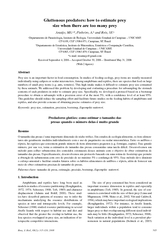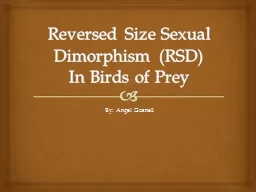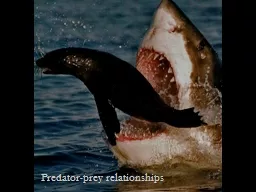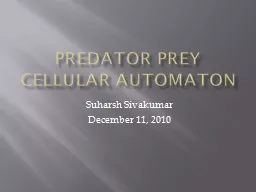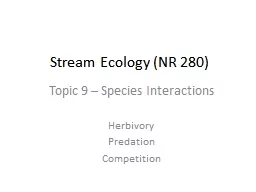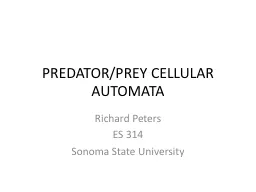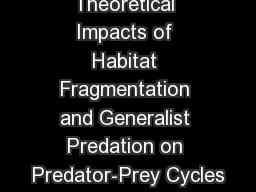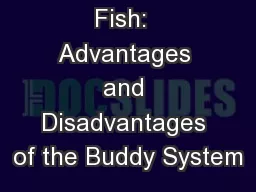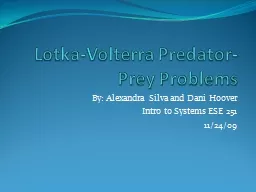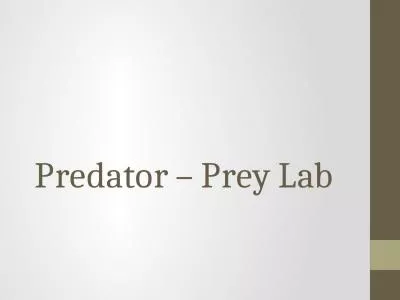PDF-The size of prey consumed has been considered an
Author : cheryl-pisano | Published Date : 2015-07-29
Braz J Biol 682 315320 2008 315 important resource dimension in reptiles and especially in amphibians Toft 1985 In general the size of con sumers is correlated
Presentation Embed Code
Download Presentation
Download Presentation The PPT/PDF document "The size of prey consumed has been consi..." is the property of its rightful owner. Permission is granted to download and print the materials on this website for personal, non-commercial use only, and to display it on your personal computer provided you do not modify the materials and that you retain all copyright notices contained in the materials. By downloading content from our website, you accept the terms of this agreement.
The size of prey consumed has been considered an: Transcript
Download Rules Of Document
"The size of prey consumed has been considered an"The content belongs to its owner. You may download and print it for personal use, without modification, and keep all copyright notices. By downloading, you agree to these terms.
Related Documents

